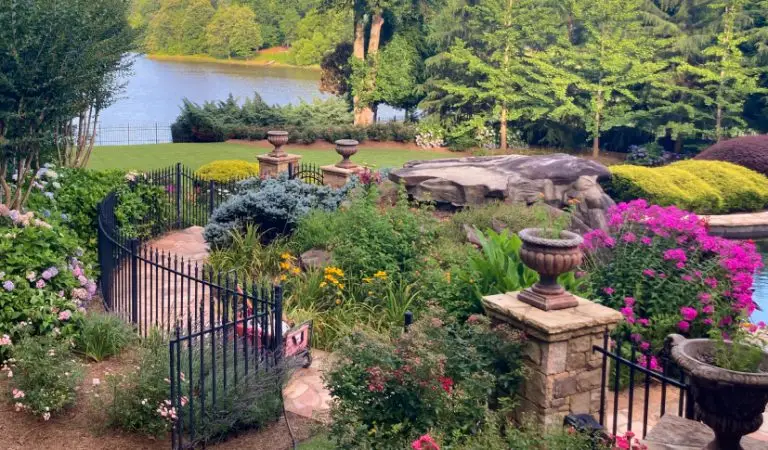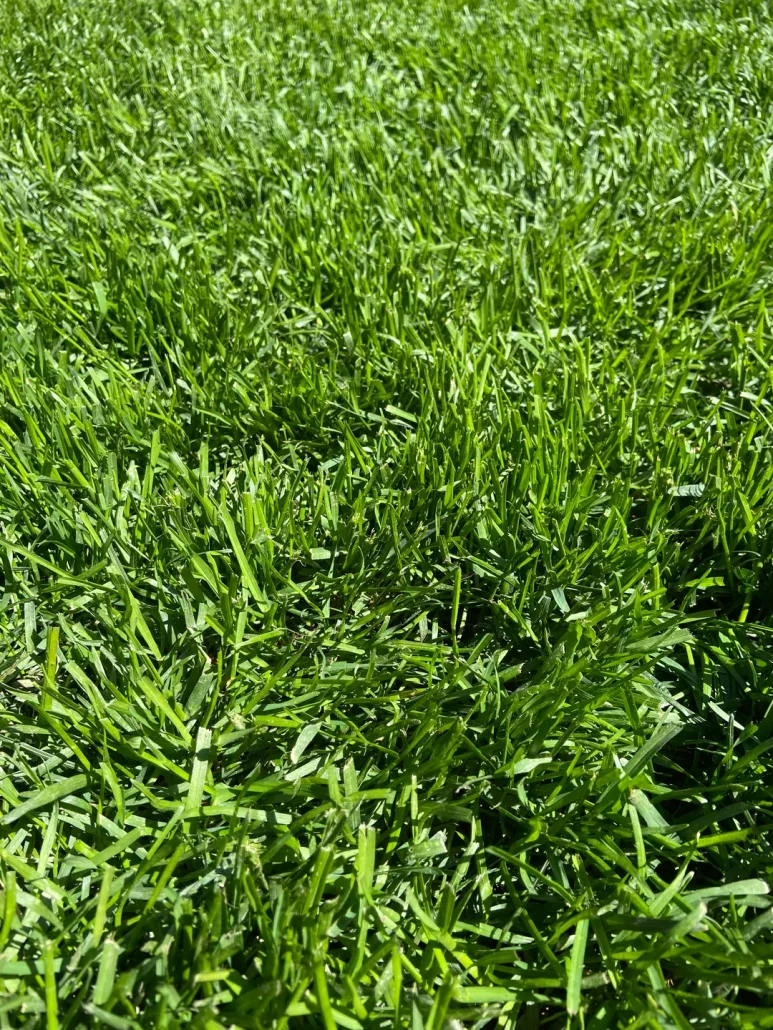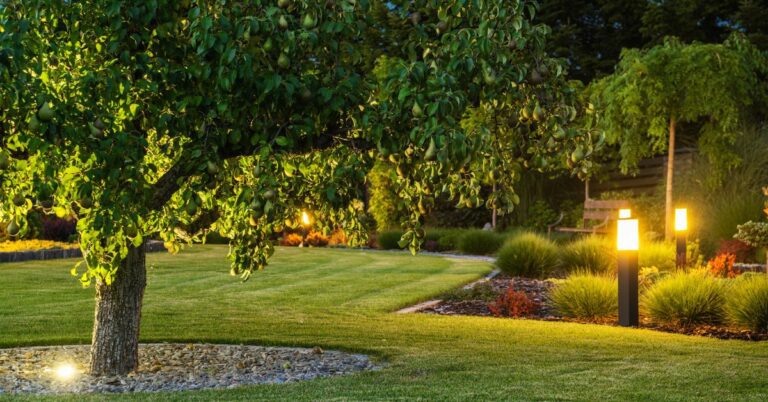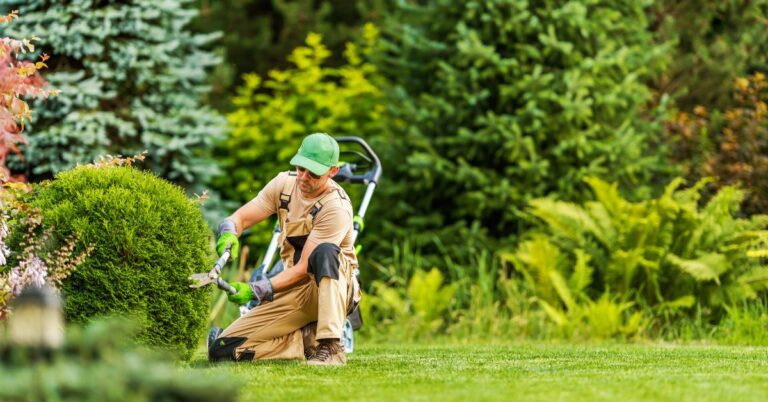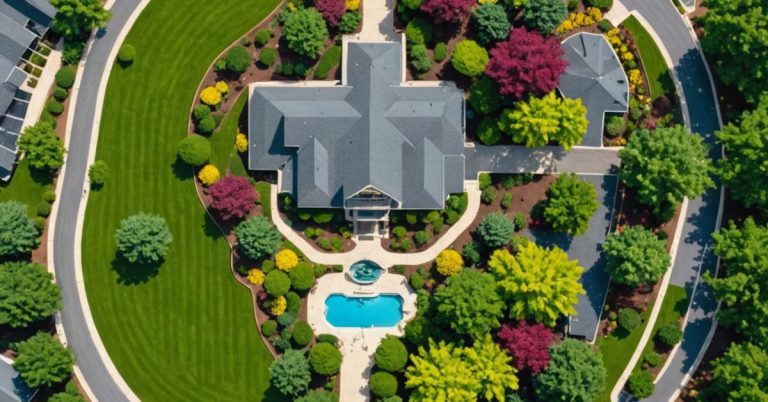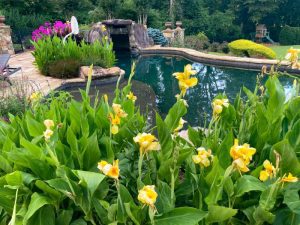Temperatures can reach a significant high in the summer months, and that means it’s a good time to keep an eye on your lawn. Lawncare is essential year-round, but it’s very important in the summer when the heat is at its highest. Fescue is a popular choice of grass for lawns. With thick blades and a deep green color, it’s visually appealing. Fescue is a cool season grass, though, and in hotter climates, it can grow poorly. At Creech Landscape, we understand the importance of keeping your lawn healthy and have listed the ways the heat can damage it, and we’ve put together ways to keep your fescue green and vibrant all summer long.
What Can Heat Do to Fescue?
Like other types of grass, fescue can be affected negatively by high temperatures. This can result in a general, visible decline as well as other issues like diseases and infestations. Here are common issues you may see when the heat begins to rise:
Summer Swoon
With fescue being a cool season grass, the high temperatures of the summer season in Georgia can grow to be overwhelming for it. Temperatures drop in the evening time, but when they don’t fall below 70 degrees, it’s not enough for the grass to recover overnight. When fescue grass doesn’t cool down enough, it begins to thin out. This is known as a “summer swoon” for fescue, and it is a self-defense mechanism to save energy and survive through the heat. When this happens, your grass can look sparse and damaged.
Discoloration
You may spot discoloration in your grass, and that can be due to a variety of issues, but it is a sure sign that your fescue is heat stressed. The high heat can lead to the tips of your grass, or the entire blades, turning yellow or brown. Discolored spots can come in patches here and there or can cover a larger area. If this occurs, it’s important to look into the specific cause.
Infections and Infestations
Hot and humid weather can create the perfect environment for unwanted pests and fungi in your fescue grass. With your grass weakened by the heat, it’s harder for it to resist infections and infestations that set in. These issues can steal the remaining nutrients your grass has, damage it, and cause structural damage to your yard. Signs of pests and fungal growth may be discolored or thinned out patches of grass that range in size. If they’re left untreated, small spots like this can spread over time.
Soil Compaction
In the high heat of the summer, your yard can lose a significant amount of moisture. This, combined with foot traffic and the pressure of heavy lawn equipment, can compact the soil. Compacted soil prevents a proper amount of moisture from reaching the root system and leads to the roots becoming weak and shallow. For fescue grass, water is vital during the summertime, making compaction a significant risk. One way to check your soil is to push a screwdriver into the ground to make a hole. If puncturing the soil is difficult, it is likely compacted.
Ways to Keep Fescue Green
The risks of heat stress are common issues for a yard, and with fescue grass it’s essential to get ahead of the heat and treat the problem before the grass becomes too damaged or dies. If your fescue grass is showing signs of summer swoon or other heat stress symptoms, here are ways to treat and prevent it:
Water the Grass Deeply
Giving your grass the right amount of water it needs is important, especially in the summer when droughts can occur. When watering your grass, be sure to water deeply to encourage a deeper root system, but to not exceed 1 or 1.5 inches of water per week. It’s important to water early in the morning, giving the grass time to absorb the moisture before the heat causes any excess evaporation or encourages fungal growth.
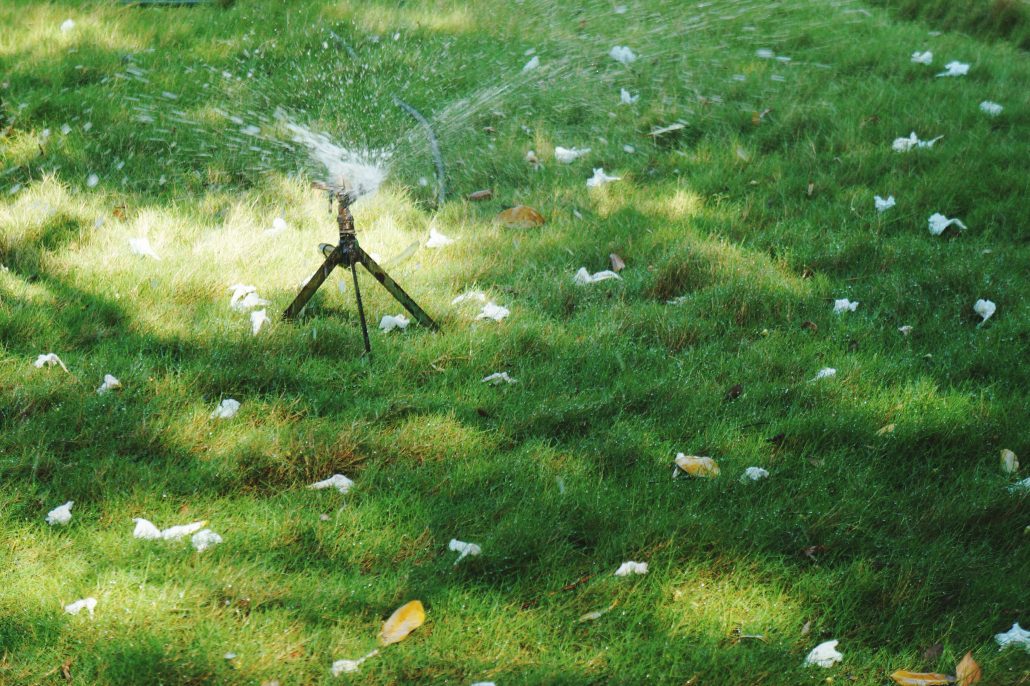
Don’t Mow Frequently
When summer comes, mowing must be kept to a minimum. Summer swoon will weaken fescue grass and make it difficult for it to recover from damage. Excessive mowing can damage your grass further, and it will be hard for it to grow back. During these months, be sure that the mower blades are set higher. Only a third or less of your grass’ height should be mowed during this time. The blades of the mower should also be sharpened before use, as dull blades can cause unnecessary damage to your grass.
Aerate the Lawn
Keeping your yard aerated is a good way to ensure the soil is receiving the proper amount of water and oxygen, and that your fescue’s root system is growing deep. Aeration is the removal of small plugs of soil, which decreases the soil density and allows for better airflow and moisture absorption. It helps the roots to grow stronger, and decreases the risk of pests, weeds, and fungal diseases.
Avoid Fertilizer
While fertilizer can be beneficial for grass that’s in need of extra nutrients, it can be harmful if the grass is distressed from the heat. Fertilizer that is high in nutrients like nitrogen can stress grass even further when it doesn’t have enough moisture to help it absorb the fertilizer. The fertilizer draws out the remaining moisture and causes “burns” across your fescue grass, which are patches of dried out grass. In the summertime, it’s best to avoid fertilization when your grass is facing a summer swoon or other symptoms, or to fertilize sparingly with a slow-release fertilizer.
Maintain Your Lawn’s Health with Creech
Ensuring your fescue remains green and healthy can be an overwhelming routine in the summer, but it doesn’t need to be. Creech Landscape offers professional lawn maintenance year-round for mowing, irrigation maintenance, aeration, and more. Our expert team works with you to provide everything your grass needs the most in the summer season without the stress. If you’re looking for summer lawn care for your fescue grass, contact us today to receive a quote, or to schedule our services. We look forward to helping you take care of your landscaping needs.

